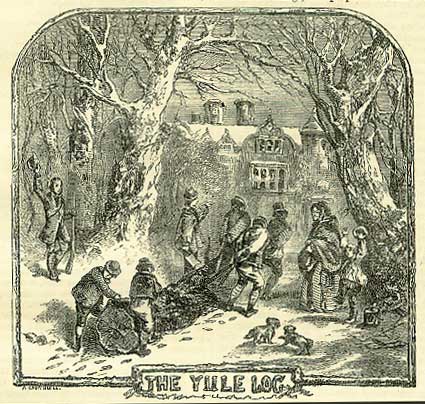Good Morning POU!

Many slave owners gave their slaves three days off at Christmas time. Some permitted fewer or no days of rest, and others allowed more than three days. On some plantations slaves were authorized to select a Yule log to burn in the main fireplace of the manor house. The slaves’ holiday lasted as long as the log burned. Naturally the slave sent to fetch the Yule log from the woods exercised a great deal of care in choosing what he hoped would be a very slow-burning log. In this way the Christmas holiday could be extended to New Year’s Day.

Not every slave had time off during the holidays since many plantation families sometimes hosted elaborate Christmas dinners and parties, slaves who worked as household servants often found their workload increased at Christmas time. What’s more, slaves could not count on time off at Christmas, since the master could always cancel their holiday. Indeed, some slaveowners withheld the privilege of celebrating Christmas from slaves who had displeased them during the year.

Most plantation slaves passed their Christmas holiday by taking part in some or all of the feasting, singing, dancing, music making, and storytelling that characterized Christmas in the slaves’ quarters. Some slaves took advantage of the time off to hold quilting bees. Many of the quilts they made featured the color red, a favorite shade with many slaves. Both slave men and women participated in the craft of quilting. Other handicrafts were also produced and sold at Christmas time, because in many areas custom permitted slaves to keep all the money they earned during the Christmas holiday. (The rest of the year any money they earned belonged to their masters.)
